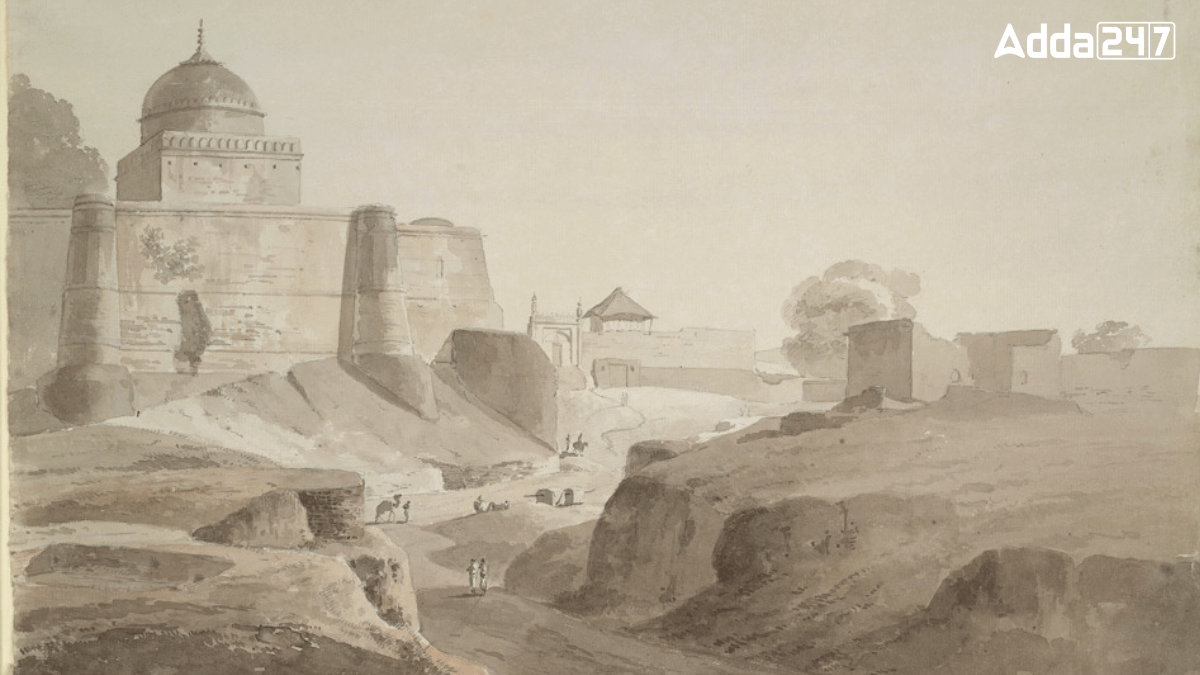Uttar Pradesh, located in northern India, is the country’s most populous state. Known for its rich history, cultural diversity and heritage, it is home to famous landmarks like the Taj Mahal and Varanasi. The state plays a vital role in India’s politics, economy and tourism. In this article, we will know about the other alternative name of Sambhal district of Uttar Pradesh.
An Overview of Uttar Pradesh
Uttar Pradesh is a northern Indian state with over 241 million people, making it India’s most populous state. It covers 243,286 square kilometers and shares borders with Nepal and several Indian states. Lucknow is the capital, and Prayagraj is the judicial capital. Uttar Pradesh accounts for 16.5% of India’s population and has 18 divisions and 75 districts.
Number of Districts of Uttar Pradesh
Uttar Pradesh, India’s most populous state, has 75 districts and 1 temporary district. These districts, mostly with population above 12 lakhs, are grouped into 18 administrative divisions.
Alternative Name of Sambhal District
The Sambhal district was originally named Bhimnagar, in honor of Bhimrao Ambedkar, a prominent social reformer and leader. This name was given when Sambhal district was created in 2011.
Announcement of Sambhal District
The Uttar Pradesh state government officially announced the creation of Sambhal district on September 28, 2011, separating it from the Moradabad division.
Name Change to Sambhal
Initially called Bhimnagar, the district’s name was changed back to Sambhal on July 23, 2012, following protests from the local population. Sambhal has been historically known by this name for over 500 years and was a significant medieval town.
Location of Sambhal
Sambhal district lies in the Moradabad division of Uttar Pradesh. It is approximately 158.6 kilometers from New Delhi and 355 kilometers from Lucknow. The district headquarters is in Bahjoi town.
Historical Significance of Sambhal
Sambhal holds historical importance as the site where the first Babri Masjid was built by the Mughal ruler Babar. This adds to its cultural and historical identity.




 Which City is known as the City of Bambo...
Which City is known as the City of Bambo...
 Who was the First Home Minister of India...
Who was the First Home Minister of India...







